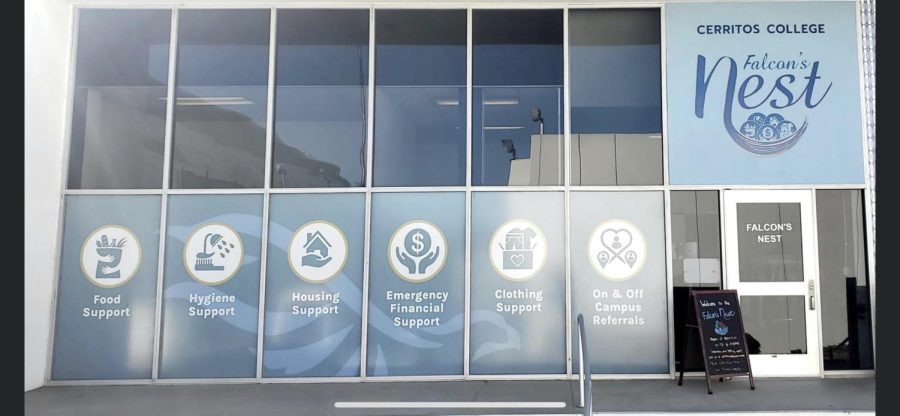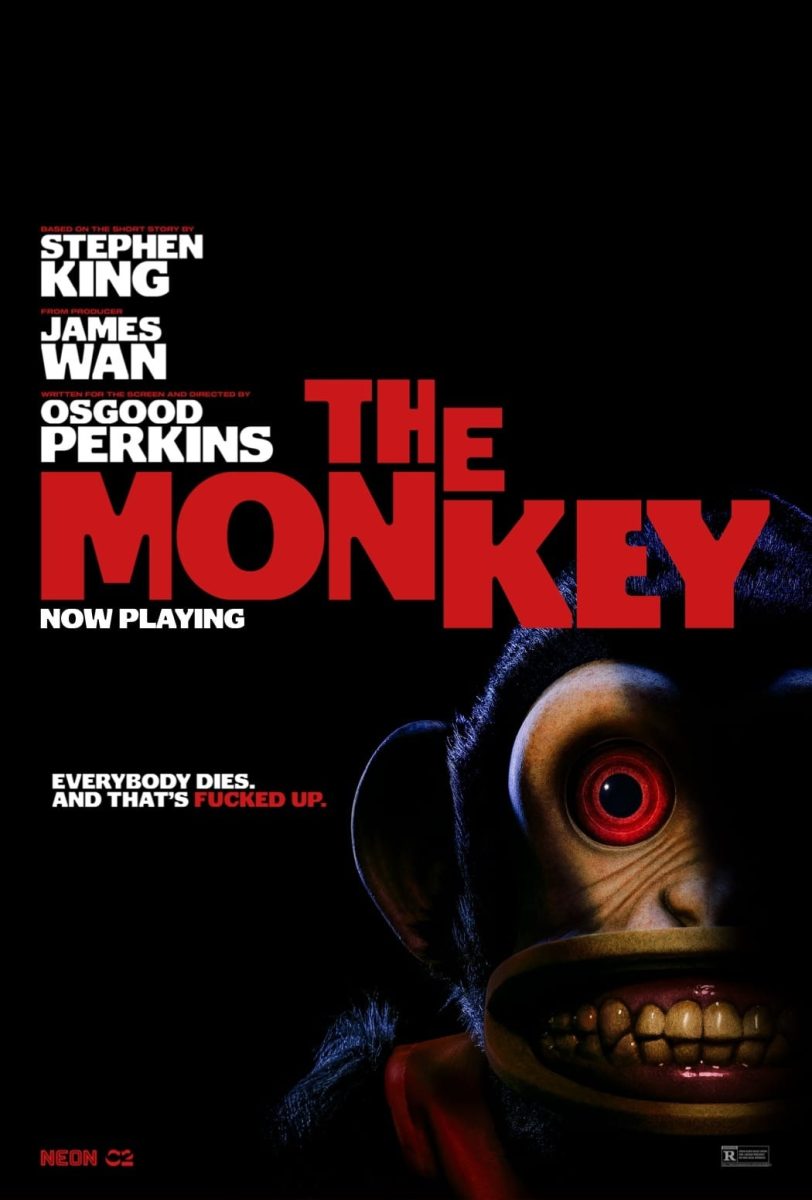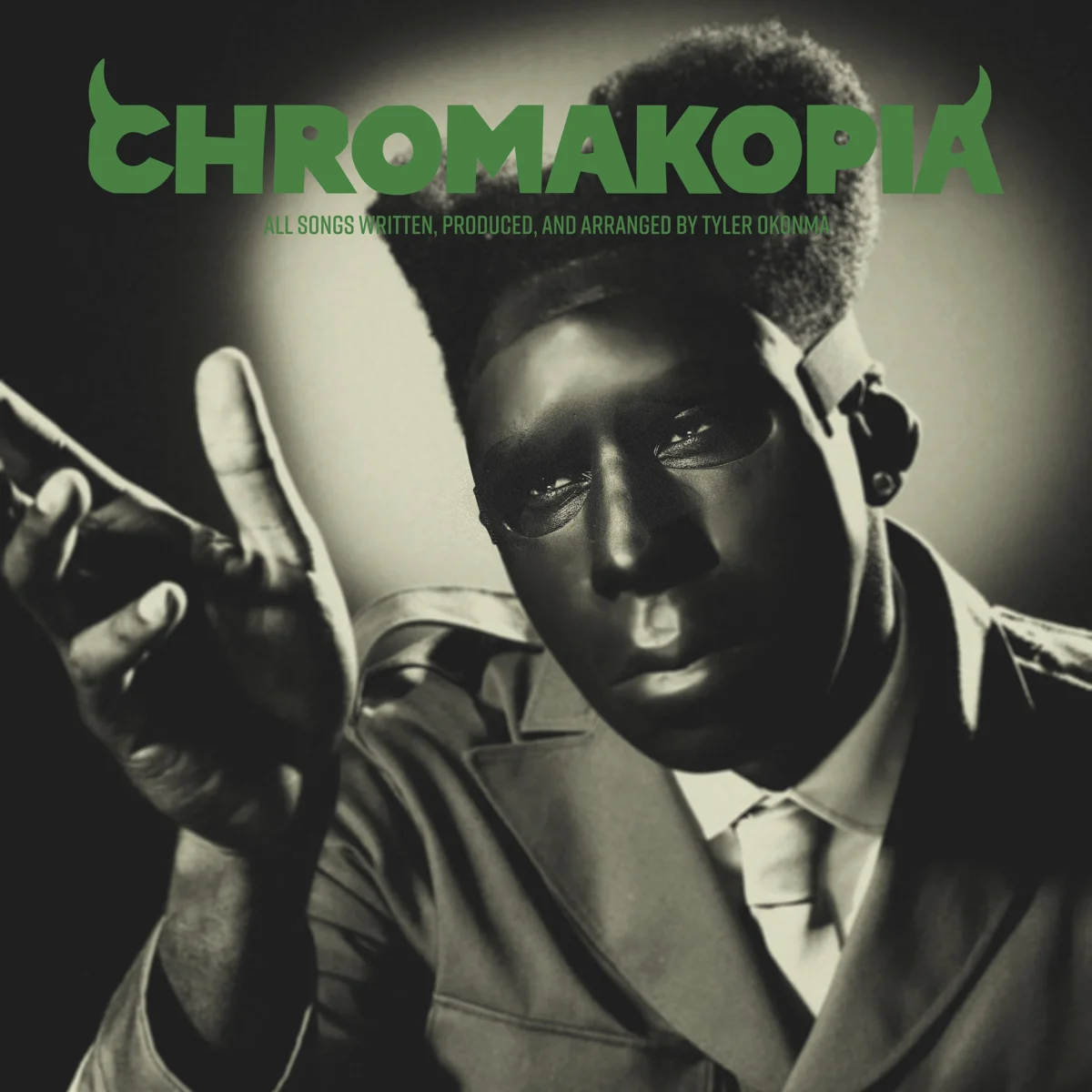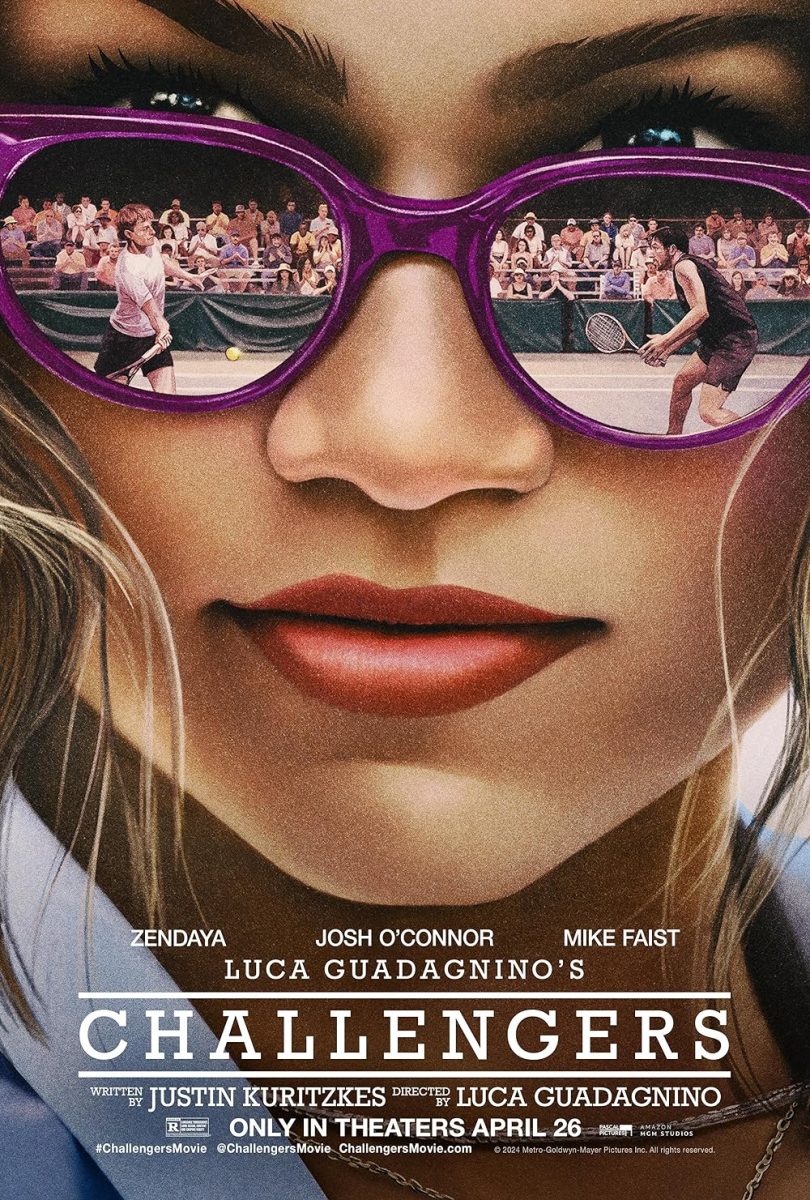In an interesting move, the long-brewing “The Cloverfield Paradox,” directed by Julius Onah, debuted on Netflix recently.
Perhaps it was a sign of the production studio’s unbelief in the film’s success. In the end it was a smart decision, as the movie unfortunately did not hold up to the standards set by previous “Cloverfield” movies.
“The Cloverfield Paradox” had a troubled start from the beginning. Starting life as a movie unaffiliated with the current franchise, it was eventually picked up as a “Cloverfield” title later into its production.
After several delays in its production run, It eventually found a home at Netflix, where it debuted after the Super Bowl.
This should have been seen as a major red flag to audiences interested in seeing the movie.
If the studio had enough confidence in the movie, it would have been released theatrically. The dumping of the film onto Netflix, however, was warranted.
The film itself had an interesting premise, where a crew on a space station must save future Earth from an energy crisis by using a particle accelerator to generate unlimited energy.
However, once this is accomplished and the beam is activated, it unleashes a series of horrifying reality-bending events that threaten the very existence of reality itself.
The casting for the film was very well put together.
Gugu Mbatha-Raw played an excellent lead. She hit all of the emotional beats flawlessly and portrayed a strong lead, giving audiences a great portrayal of the main character.
The supporting cast also did a great job in performing their respective roles, all giving believable performances that were commendable.
Unfortunately, the main driving force of a film, the plot, was very flawed. The main narrative was muddled, not really settling on a pace.
What was set up to be a very intriguing “Twilight-Zone” like theme eventually devolved into another generic sci-fi story.
The plot initially had overtones of a horror, but seemed to decide half way through that it no longer wanted to be that.
The story also broke off at several points to follow another minor character in a completely unrelated subplot that was unnecessary.
Character development was also left in the dust here, despite the talented cast. Only the lead was given enough development, with the rest of the crew being one-dimensional.
This was particularly noticeable in Chris O’Dowd’s character, who only existed to give oddly placed comic relief.
What also was confusing was the strange callbacks and references to the original “Cloverfield” movie.
It was obvious that they were shoe-horned into the script when it was decided that it would be a part of the franchise.
They clumsily and half-halfheartedly tried to explain the origins of the monster from the first film when it was unnecessary to the story.
It would have been better off as a standalone film without any references, much like the previous entry, “10 Cloverfield Lane.”
Overall, this movie pales in comparison to the other films in the franchise. Though the acting was its only redeeming factor, it was not enough to save this film from failure.














